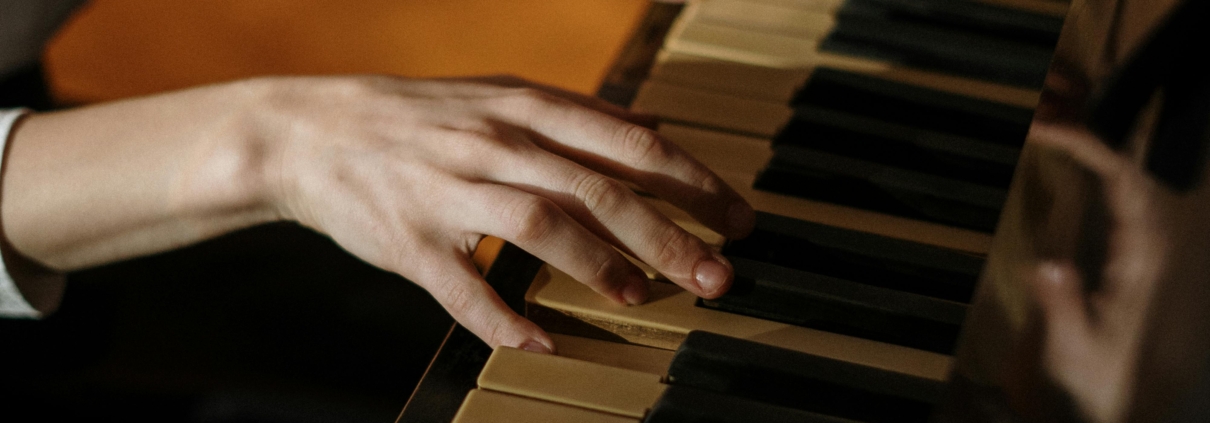For the Wounded One
“It’s broken! I know it’s broken! I can’t move my right arm! How could I have missed the step?” These inner questions took over my reaction. I missed the step that should have taken me from the kitchen to the living room. Down I went on my right shoulder and arm, the plate of butter in my hand flying several feet across the room.
Four-year-old Wes watched as five of my adult brothers and friends tried to come to my rescue, the wounded one who fell in his grandparents’ home. He stood back a safe distance from the frenzy of activity and yet close enough to fully engage in the sounds, sights and emotional intensity of the distress of the fallen one. He said nothing.
Wes stepped back when the ambulance attendants arrived. Two uniformed men entered the scene with a gurney. He watched as they lifted me to a chair, onto the gurney and down the front steps to the open door of the ambulance. Still Wes stood nearby, watching, listening—all in silence amid the comments and laughter of the other onlookers.
The ambulance left the driveway. Wes walked pensively back into the den where the accident had occurred. Abby asked him, “Wes, would you like to play the piano with me?” He nodded.
Abby played chords while Wes brought in gentle and repetitive notes. “This music sounds sad,” he whispered.
“What makes it sad?” Abby asked.
“I don’t know. It just is. I think we should play this music for the wounded one,” Wes reflected. “For the one who just got hurt.”
Did I, the wounded one with my shattered right shoulder, receive some healing effects from Wes’ concern and music? I believe so. Although such influences are hard to measure, I ask myself: “What can be more healing than to be held lovingly in the heart of a child? What healing happens when we collectively join in our caring of others? How can I better attend to the wounded ones nearby and those in the broader world?”
Mary Reuter, OSB
Photo by cottonbro studio on Pexels.



